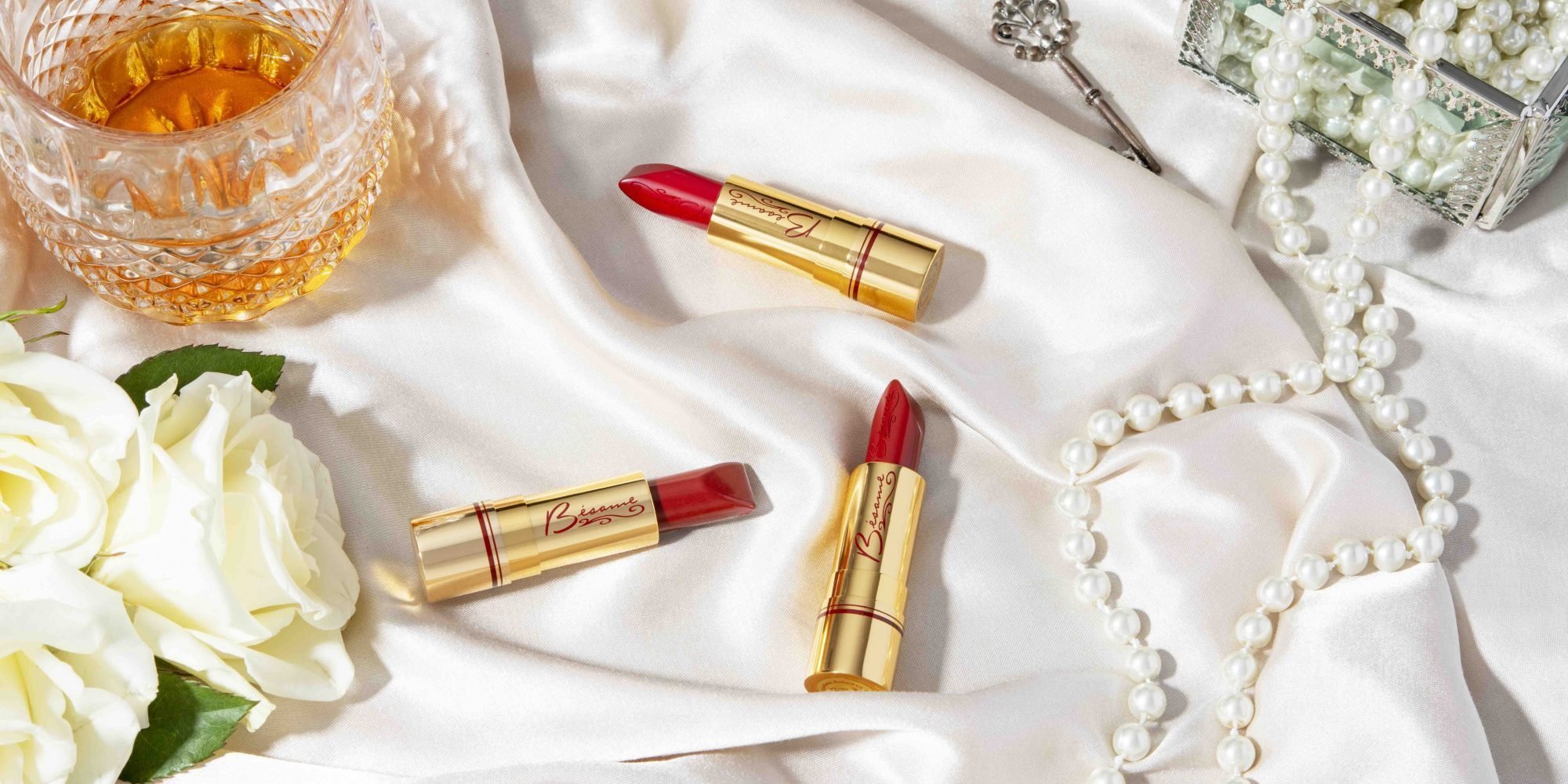
How Bésame Cosmetics Harkens Back 100 Years To Create A Contemporary Brand
Bésame Cosmetics looks back to forge ahead. The prestige vintage-inspired brand started in 2004 with a red lipstick that evoked the 1920s, and has since revived the century-old Cake Mascara concept and cream rouge from 1938 before powder blushes were sold. “It’s fascinating to me that a color that was popular in the past can be popular now,” says Bésame founder Gabriela Hernandez, author of the book “Classic Beauty: The History of Makeup.” “We really explore colors that live on, that are so good that you still could wear them even though they may have come out in 1900. What we consider beautiful may have changed, but a color can remain viable.” Disney taps Hernandez’s skill at identifying historical products and imagery relevant to modern customers for regular collaborations with Bésame, including last year’s Sleeping Beauty collection that was quickly snapped up by collectors. Today, the brand is ramping up its licensed business and product assortment with a push into skincare. Beauty Independent spoke to Hernandez about Bésame’s forthcoming launches, the impact of the Great Recession on the brand, retail distribution, the partnership process, a product that’s been a surprisingly strong seller and her favorite red lipstick shade.
Where are you from?
I’m from Buenos Aires, Argentina. I lived in a very small neighborhood. Within four or five square blocks, you had the baker, the butcher, the vegetable shop and the ice cream shop, and you knew all the people. Landing in the Bronx in the late 70s, I didn’t know the language, and it was such a different environment. My parents didn’t know the language either, and I didn’t really have anybody to rely on. I had this book with English phrases, and I would try out a phrase like, “How much does this cost?” When it worked when I was out with my mom to get something, I would try another phrase. That’s how I learned to speak the language. After a couple of years, we moved to the Hollywood area. My parents put me in a Catholic school, and the nuns there helped me more with my English. I started hanging out in libraries and getting really comfortable with books.
How did you get interested in beauty and start Bésame?
I kind of fell into it. I had an affinity for color. I always liked the color aspect and transformative power of makeup. Since I was very young, I painted and drew. Back in Argentina, I participated in art contests. I never really was encouraged to develop that into a career. It was more of a hobby. In a traditional Latin family, it’s not really a viable career choice. When I got older, I went back to Argentina and studied law there. My parents encouraged me to go into that career, but I wasn’t that passionate about it. In 1985, we came back to California because the economy in Argentina was in bad shape at that time. I decided to go into the arts and went to the Art Center College of Design in Pasadena for a degree in photography and fine arts.
I got married and had my son, and started working for magazines as an art director and graphic designer. I also worked for cosmetic firms developing product, layout and design ideas. I didn’t do it for myself, but I started to design something that I personally liked. I didn’t have any intention of making the product. It was more of a creative exercise. What interested me was something that was romantic and represented the nice things about being a woman, having amazing products on your vanity and enjoying the time to use them rather than it being a chore. I started designing a logo and a small lipstick, which is what you’d call a mini now. At the time, minis weren’t popular, and people didn’t understand why the lipstick was small, but they liked it. It launched in 2004, but it was a side project.
Did you have the idea of luxury vintage from the beginning?
Yes, that was the whole idea of the first red lipstick. I had this bullet that I had bought that was an antique from the 20s. I loved the color, and I reproduced it. Our idea was to make colors that were popular at certain periods of time that are still great colors. There’s a reason they were popular. They look nice on a lot of people. The idea was to bring them back so people can use and enjoy them today. We are known for reds. We have seasonal colors and special collection colors, but we have at least 10 different types of red at any given time—and we keep making more.
What’s your favorite red lipstick?
That would probably be the Red Velvet Lipstick. It’s a color that’s so wearable. It looks good on pretty much everybody. The color was around in the 40s, and it’s not really warm, and it’s not really cool. It’s not too bold, but’s bold enough. Even if a person isn’t comfortable wearing red, it’s a classy color that they can wear to look nice. It’s the perfect office red. I call it a serious red. You can wear it as a company CEO. It’s one of our bestselling colors because of the fact that it’s a versatile color.
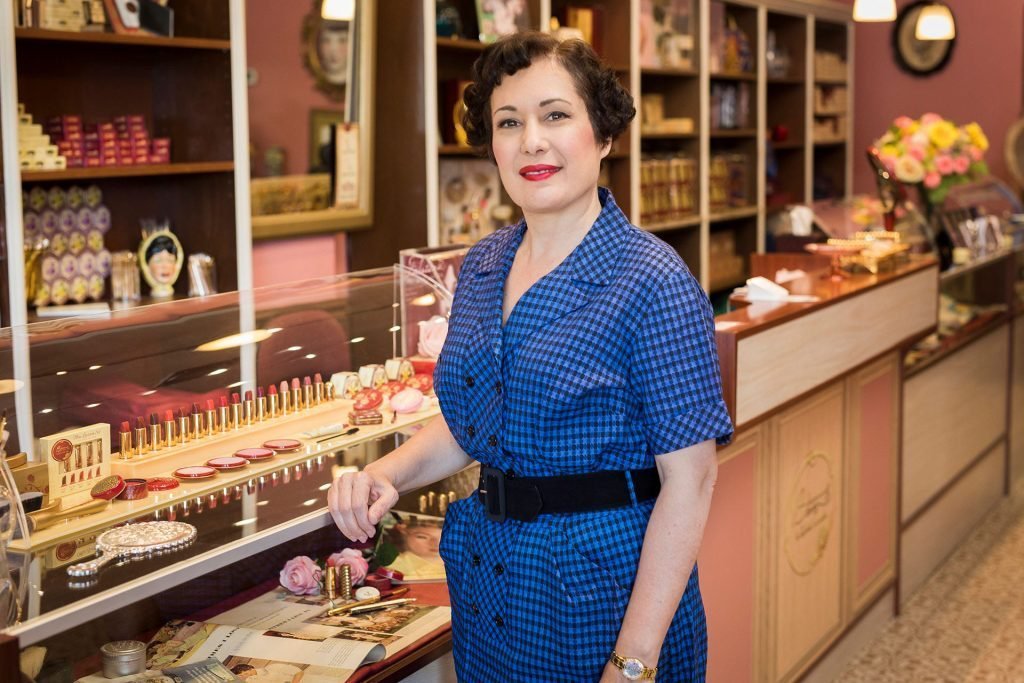
What did you do to grow the brand early on?
You didn’t have social media back then, and the internet was rather new. You could sell on a website, but, as far as awareness, it was mostly based on print articles. We got coverage in the LA Times, Allure and Vogue. We had a counter at Henri Bendel in New York in 2005 and 2006. I used to fly back and forth to New York from Los Angeles all the time to do breakfasts with press, and we had to staff it every day. It was a lot of legwork to run that counter, especially because that type of store thrived on newness and discovery. It was common to reshuffle the store and, even if you had a space somewhere, they’d put you somewhere else, and you’d have to adapt. Eventually, they sold to The Limited, and Henri Bendel became a branded store. After that, it closed.
Bésame was previously in Sephora. What happened?
That happened five years ago. We sold there through a program called Scouted by Sephora. They contacted us and said, “We like your brand. We think that you do something unique, and we want people to know about it. Would you like to join this program?” We said, “OK, we will participate.” It gave us visibility. It was positioned in the store where people would see it. We had to manufacture special things for them, and it sold really well. Today, they still have some of our products online, but we don’t have a presence in the store. The store environment has gotten very competitive, and it’s changed through the years. We never relied on Sephora for our livelihood, and the best advice I could give to anybody is, “Don’t rely on one source for all your business because, if something doesn’t work out, then your business is in serious jeopardy.” It wasn’t our main source of business because we have our own fan base. We do the things we do for our customers, and we’re very much a customer-centric brand.
Who is the brand’s core customer?
A lot of people think that, because we have vintage inspiration, only pin-up people or reenactors are our customers, but they are actually only a small part of our customer base. Most of our customers are professional women between 25 and 35 years old. They are very discerning about what they want and who they support. Many have been long-term customers because they want to support women in business or Latin women in business.
How many products does Bésame have?
We currently have about 75, but we are increasing the line. This year, we are releasing quite a few new products. We have been working on skincare for a while. I am very excited about launching that later this year. It has to do with going back to traditional products and techniques. In the past, they did more self-care than we do now. My idea is to introduce self-care into how you use the products and have simple formulations that aren’t going to interact with your skin in a bad way. A lot of products have way too many ingredients. I want to simplify the routine and ingredient deck. There will be self-care techniques so you feel better when you use them, but there won’t be 2 million steps because nobody has time for that. Not only do we have skincare coming, we also have nail polishes, pencils and new compacts on the way.
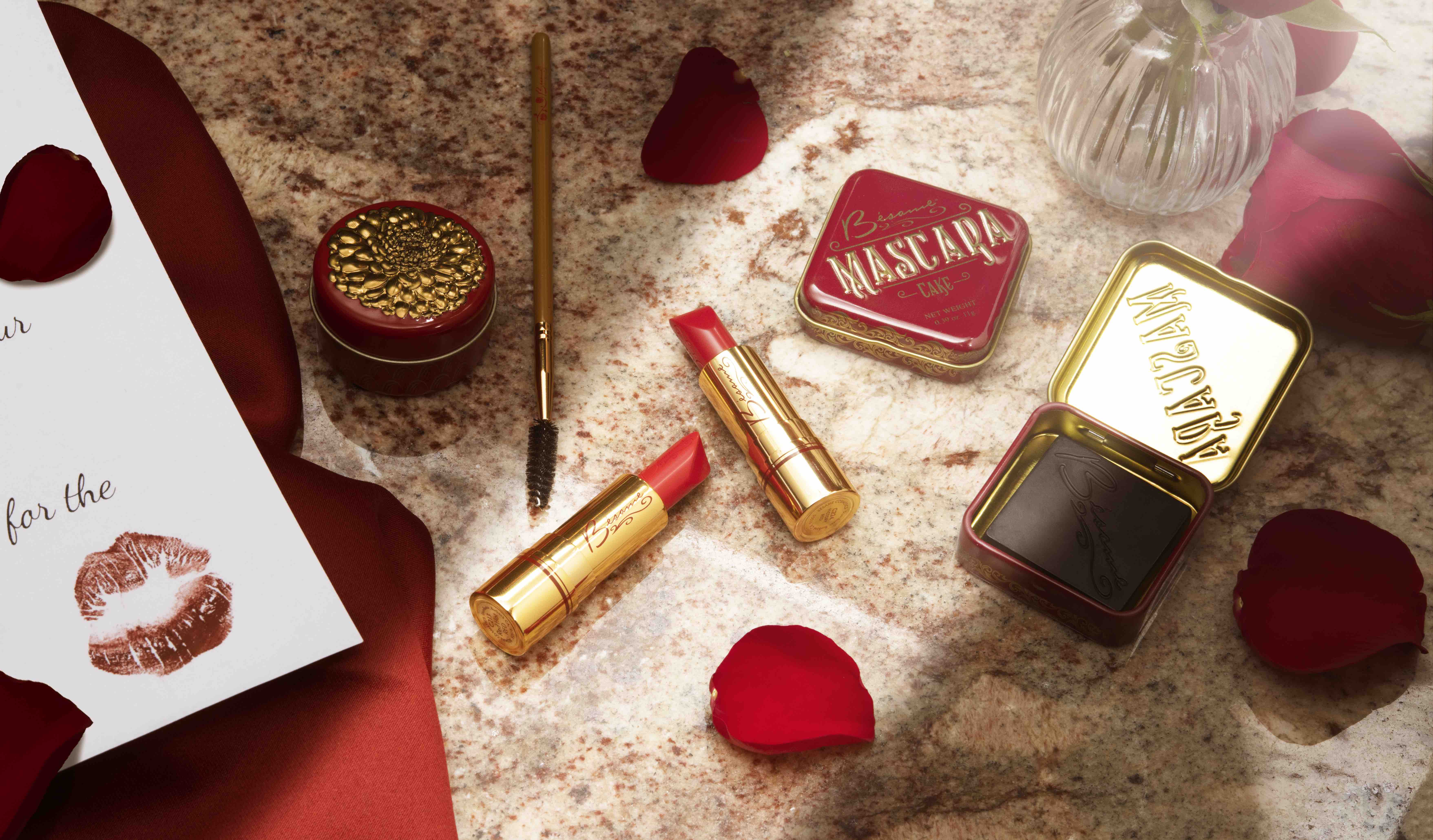
What’s a product that’s done better than expected?
The Cake Mascara. It’s a historical product that’s been around since the late 1800s. It was used by men initially for their moustaches and side burns. Maybelline got a hold of it, made a cake out of it and sold it to women to use on their eyes. I reformulated it to be more eco-friendly and easier to use. I thought, “Maybe diehard people that like the theater or old-fashioned products will like this,” but millennials have taken to it like crazy. It’s sold at a pace that I really didn’t think would happen. I didn’t think people would be that interested, but it fascinated them that you could use it for two years and not have to buy more mascara. It aligned with the green movement, and people wanting to waste less. I really thought it would be very niche, and it ended being more widespread.
What about a product that hasn’t done as well as you expected?
I made foundation sticks similar to the Pan Stik Foundation that Revlon had that was a very popular product. I might have chosen the wrong time because a lot of other companies had come out with sticks at the time, so maybe the differentiation was not clear. I ended up having to discontinue that product.
Does the brand’s website drive sales?
A lot of sales do come from the website, but a good portion comes from our store. I opened the store about six years ago, and it’s become a destination store. We have a museum of makeup in the store, and people come from all over the world to see our displays. Some of my favorite pieces in the store are tools that used to be used for facials—there are things to pat and stretch your face—and brochures and books that were used for theatrical makeup. It’s really interesting to see how they did effects without special effects. They created effects with household things we take for granted. They used the film from inside eggs, for example. I also have lipstick containers and shades from different eras. Even applicators from the past are extremely interesting.
How did Bésame’s relationship with Disney start?
They happened to like our store and what we do there, and we now do collections with Disney on a regular basis. Our collaborations are more artistic than typical licensed goods with just a logo on them. We create a lot of the art and a lot of it is found art or antique. We get pieces from archives or from really obscure sources. They tend to be collectible products. We also do that for other companies, including CBS. We have three different licensed collections that are launching this year and, next year, we have another two or three as well.
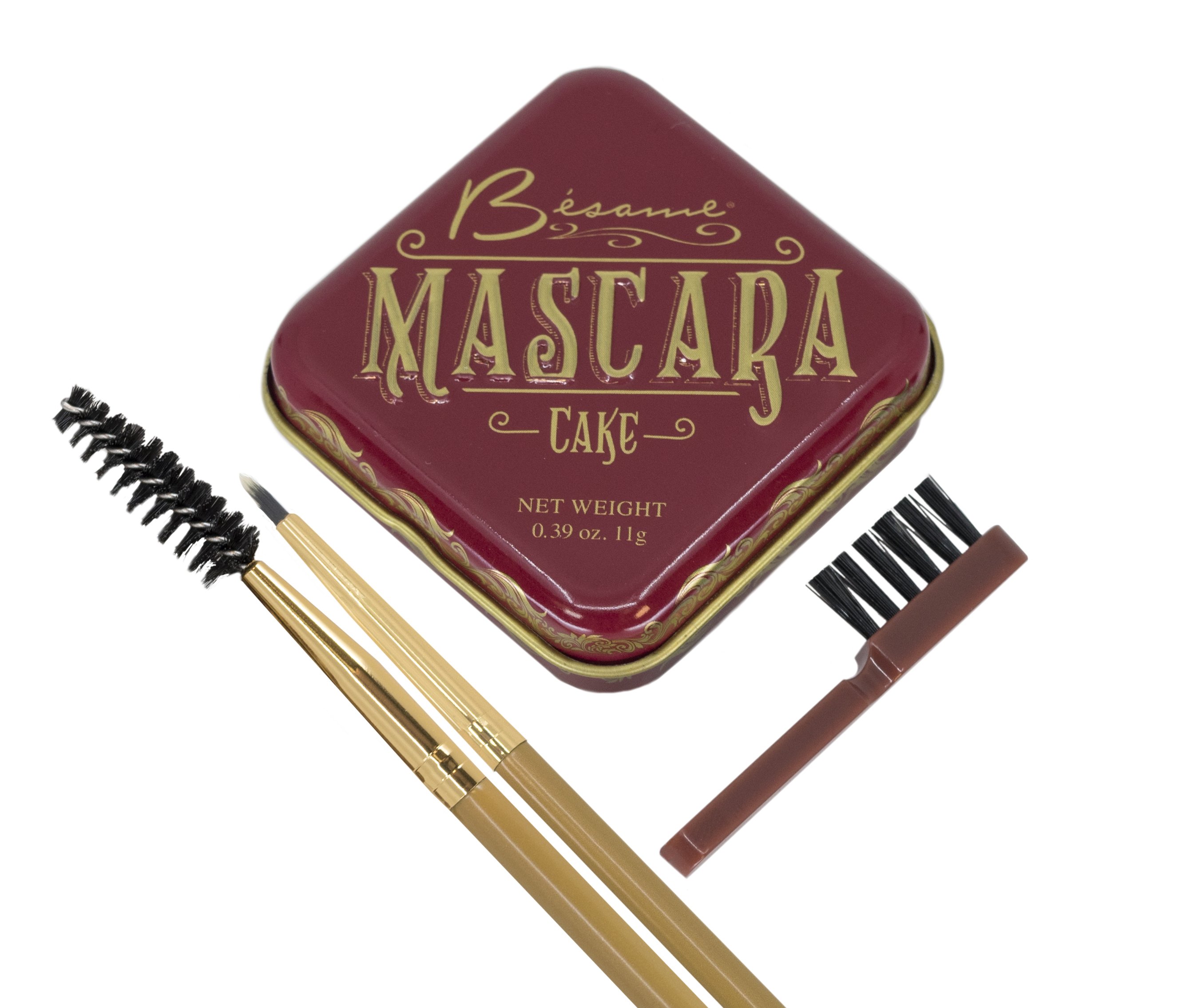
What was the first collection with Disney?
That was the Snow White collection four years ago. It sold though very well. Sleeping Beauty was the last one we did, and that sold even better. It usually takes us about eight months to a year to make them. I have to get permission to find the materials I need. Then, I have to get clearance for those materials and make a collection with them that makes sense. The art is very unique. It’s not something I can just dig up from their online portal. It’s something I have to research. If we do custom things, which a lot of times we do, we have to mold them and fill them, which we do locally. It’s not easy to collaborate, especially with a company that’s large like Disney. There’s quite a bit of red tape to get things done, approved and ready to sell. There’s also quite a bit of testing that needs to be done on the products to sell them under the Disney name. You can’t have allergens in them, and it’s very expensive as far as product safety and labeling.
It takes quite a bit of manpower to do one of these licensing programs because of the amount of work you have to do paper- and procedural-wise. We have administrative assistants that work on these accounts. You have to have constant communication with their approval channels. There is lot of due diligence. I would say probably 20% of our business is from collaborations, but it keeps growing because we keep being asked to do more and, if it makes sense, we do them. We pass on a lot of them at this point, too, because they don’t make sense for us as a brand or, if I don’t feel I can add anything to the property creatively, I don’t work on it. It has to be something that my customers will enjoy, and it makes sense for an adult woman. I am not designing for children.
You are interested in building the brand’s retail distribution. What sort of retailers do you want to partner with?
We are very picky about who we work with. We want to be profitable and expand in ways that make sense. We don’t necessarily want to flood the market with product. We think what we are doing is different and, at some retailers, it’s hard for them to convey it to the customer. We are looking for places like C.O. Bigelow or Cos Bar with customers that appreciate our level of craftsmanship. We design the product to be the most effective product, not necessarily to be made at a certain price point. The lipsticks are $24, and the products overall range from $18 to $48. It’s not so expensive that you can’t afford it, but it’s priced so that we can make what we would actually want to wear. I’m very particular about the pigments in my lipstick. They have to perform. It’s very pigmented, and it’s designed to stay put. One of the reasons our red lipsticks are popular is because they stay put, but they’re not a liquid lip or matte lip. You don’t have the dryness associated with the matte lip, but you have the longevity.
What was the toughest period in your business?
It was when there was the downturn in 2008 and 2009. We had small boutiques that sold our product, and a lot of them went out of business. We lost two-thirds of our distribution. I ended up losing my house. We continued as we could with a small, controlled budget and we rebuilt, but it took quite a toll. Basically, you cut out anything that’s not essential.
Does that shape the way you conduct your business today?
You become definitely more cautious with what you do. You don’t want to gamble and put yourself in jeopardy if you can avoid it. You tend to go more for sure things rather than things that are all risk. That doesn’t mean you don’t take risk because business is a risk in itself. You never know when things are going to do well or not well, but you take calculated risks based on what you know about your customers.

What’s something you did early on that, in reflection, you would have changed?
I probably would have started with more mainstream product. I would have made a larger lipstick sooner rather than just have the small one. At the time, that size was an impediment for us to get into a lot of retailers because they thought it was as sample and the customer would never buy it. It was small because that’s what was done in the 20s. My idea was to stick to what it was, but that was a little bit too zealous. I should have been more open to what the market demanded instead of what artistically would be correct. What you learn is that you can’t be married to your ideas if your ideas are incorrect. You have to be open to being wrong and other ideas. As a creative, that’s hard to learn because creatives don’t take criticism well most of the time, but you have to adapt to what the market responds to.
Where do you envision your brand in five years?
I would hope we would have better market penetration, so our name is more recognized. I would also love to have more of our brick-and-mortar locations in other states. Our California store does really well, and it would be great to have a New York one.

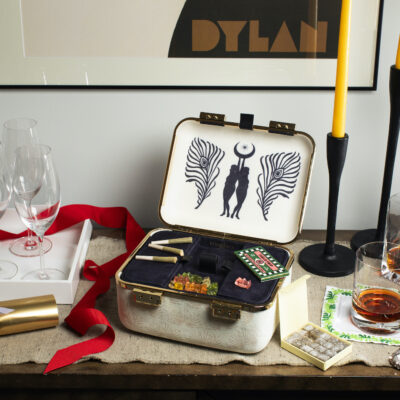
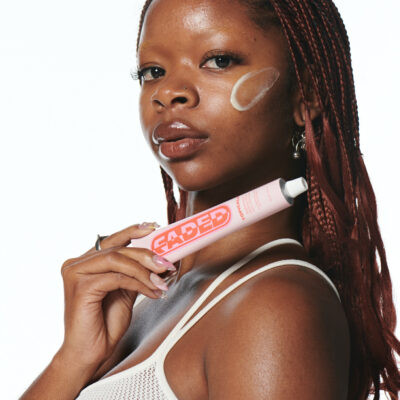
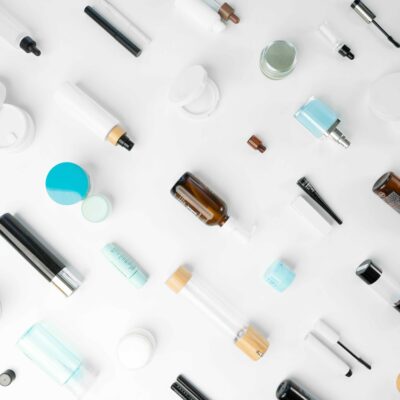
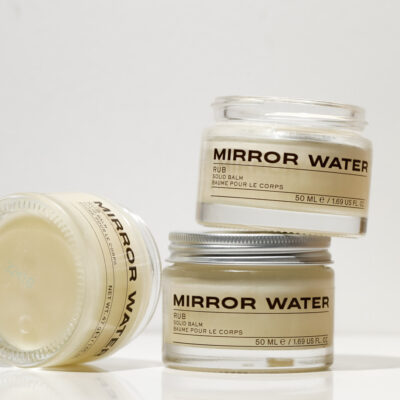
Leave a Reply
You must be logged in to post a comment.